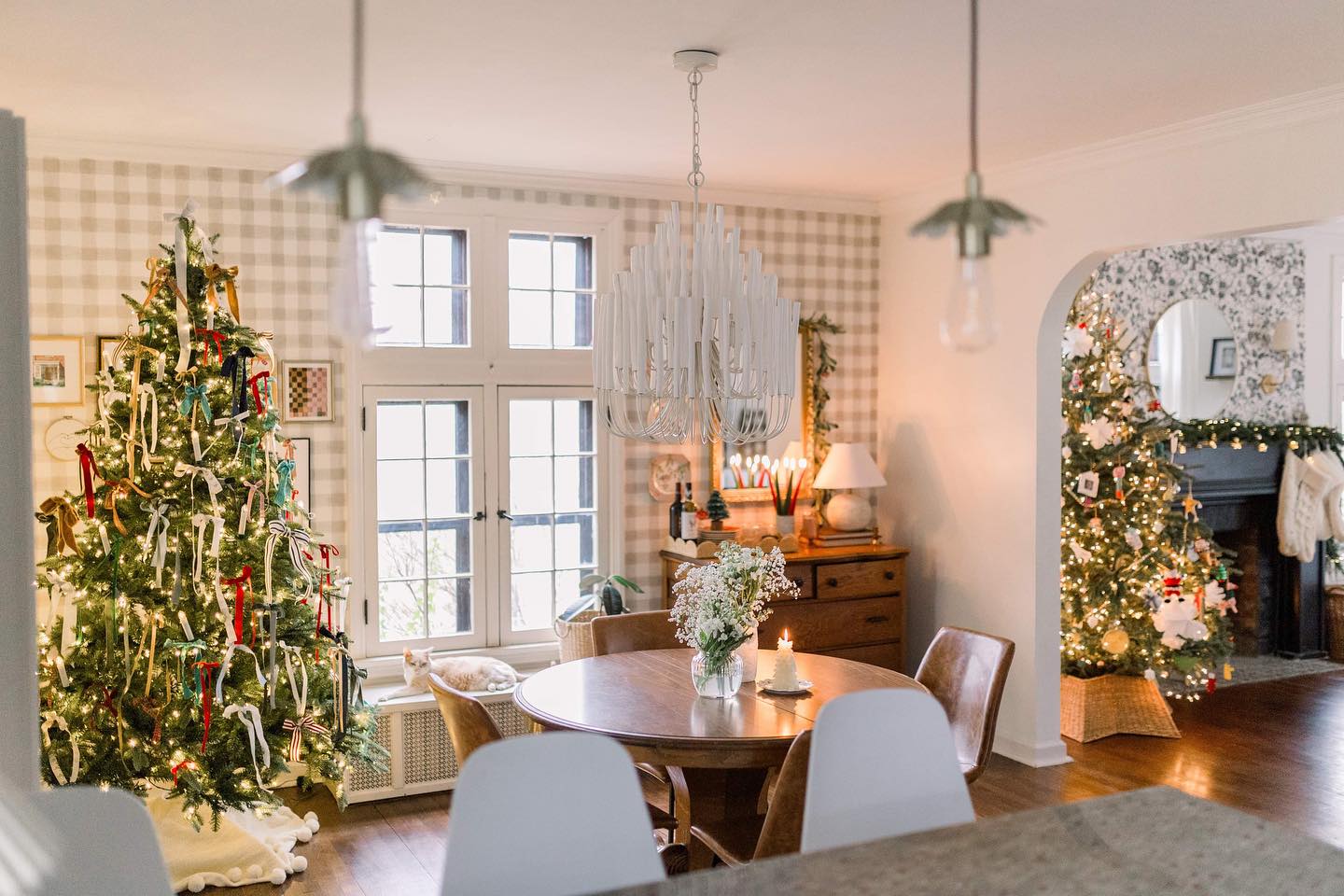Natural Selection
by Lynne Thompson | Mar. 19, 2009 | 4:00 AM
"I told her she was crazy," says the president of the Cleveland Clinic Health System's Huron Hospital, recalling the first time his wife mentioned building a straw-bale home.
But Jan Kious was persistent. She had first encountered the eco-friendly concept — named for the straw bales that fill and insulate the walls — while visiting her native South Africa. She loved the way the home's thick walls curve into the window frames and doors, the hand-plastered walls and "the play of light and shade."
|
Green Days
It's hard to say when Earth Day officially stole Arbor Day's thunder. But the 1872 call to plant more trees had a hard time keeping up with the beautiful, swirled blue marble that's Earth Day's poster boy. All you need to know is both happen this month, and here's how you can celebrate: 4/19 | Earthfest 2009, Cleveland Metroparks Zoo: Bike or walk your way to a free zoo admission at Ohio's largest environmental education event. earthdaycoalition.org 4/24 & 25 | Arbor Day Celebration, Holden Arboretum: Enjoy demonstrations, crafts and more at this free event. holdenarb.org 4/25| Earth ArborDay Celebration Cleveland Botanical Garden: Make recycled paper, chat with arborists and get free seedlings for the kids to plant at home. cbgarden.org |
"It was the aesthetics that really got me initially," she says. A tour of just such a home in Akron finally sold Gus on the idea, too. "It was absolutely, beyond-belief gorgeous."
Three years ago, they started building their own straw-bale home on a lot they owned next to their 3,029-square-foot, 93-year-old Tudor-style home in Cleveland Heights. Gus describes the result — an 1,800-square-foot, single-story abode with a loft and finished walk-out basement — as "something you'd see in the Southwest out of the arts-and-crafts tradition."
But the sustainable touches don't stop at the walls — which, by the way, are made of organic plaster and colored with clays, sawdust and water pigments rather than traditional paint. The home's tankless water heater flash-heats on demand. ("We save a lot of gas on that," Gus says. "We can run two or three different things without running out.") Features such as an energy-efficient furnace, triple-pane windows and soy-based foam insulation have helped the couple save on gas bills, which now run about $200 a month, a savings from the $490 a month the couple was paying in their former home.
"The house is very quiet inside because of the thickness of the walls," Jan says. "There's this amazing stillness, beyond even just silence."
Both Jan and Gus say they don't miss the extra space they lost by downsizing. In fact, Jan loves living in a single, open space that flows from her living room to dining room to kitchen. "It's easier to clean," she says. "And we're never in a separate room. It's easier to chat while you're doing stuff."
The home's open, wheelchair-accessible floor plan also ensures it will fit the couple's needs into retirement.
"We did love our old house, but it washuge," Jan says of the Tudor next door, which has since been sold. "Two people living in that giant place, it was really dumb."
Modern Thinking
Building new digs requires a lot of decisions. To achieve a personalized, well-designed look, use these tips from Jseph Matava, design principal at Peninsula Architects.
Relationships. Consider the connection between the house and the landscape. An example would be to use existing trees to create a natural wall. "Think about how the garage or the lean of the house can move forward or move backward to create a space," Matava says. "Use basic elements to create a soft enclosure."
Orientation. Before you break ground, consider which angle or placement will suit you best — especially when it comes to the sun and your main living spaces, which should face south, east or west. "A lot of times people buy houses from books and they just drop them on properties," he says. "There's no thought process."
Details. "What story can you tell with a detail?" asks Matava. "Use whatever opportunities you have to carry out your theme." On the bridge in Gorman's home, a steel drop cap wasn't really needed, but it added visual strength. "You start with the big global view of the site and how things fit in, but those same thought processes go down to the smallest detail."
Trending
-
1
-
2
-
3
-
4
-
5










